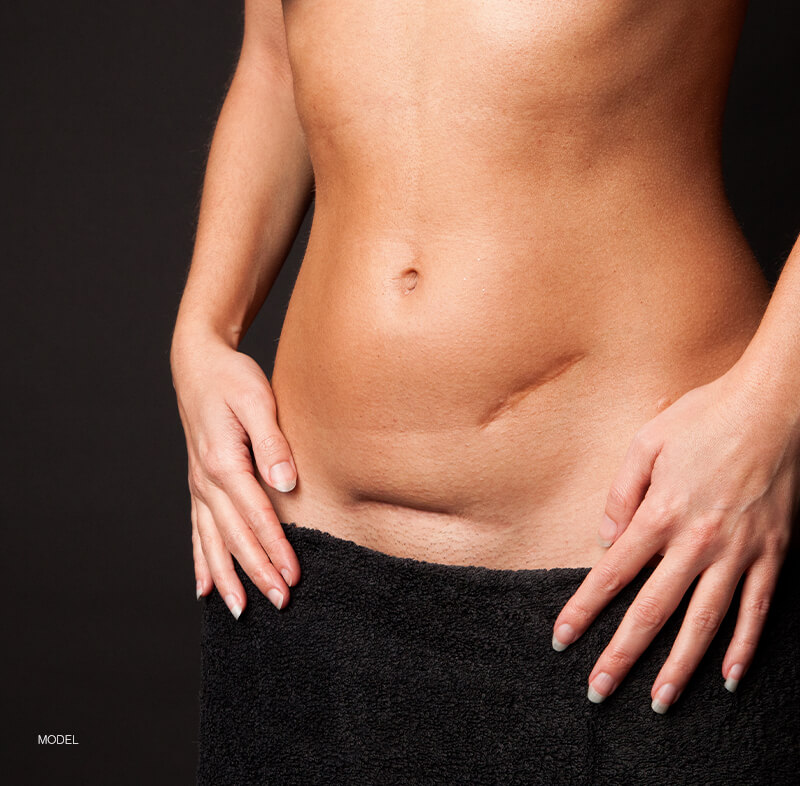Erase Undesirable Marks
Scar Removal
Scars can develop after an injury or surgery, and the healing process can make their development unpredictable. Extensive scarring can have a displeasing impact on your physical appearance and sometimes even hinder your range of motion. Scar removal treatment (or revision) can be done using several different techniques depending on the size, type, and extent of a patient’s scars.
Candidates
Candidates for scar revision struggle with having scars that are negatively affecting their lives in some way. Whether it be the appearance of the scars or the fact that they are limiting your range of motion, there may be a treatment that can help you. To qualify for this type of treatment, you should be in good general health and have realistic expectations of your results.

Procedure
The type of technique used for your scar removal will depend on the size and extent of the scar tissue.
Minor Scarring
Scars caused by small, superficial injuries or acne can be treated using minimally or non-invasive methods, such as:
- Topical Treatments: Products like creams or gels can be applied to help the wound heal properly.
- Microneedling: Tiny needles are used to make pinprick wounds in the skin that stimulate the body’s natural healing process. Serums and other treatments can be applied to enhance the results.
- Chemical Peels: A chemical solution is applied to the skin to exfoliate the upper layer and rejuvenate the layers underneath.
Hypertrophic Scars
These thicker clusters of scar tissue form directly at the wound site and can be raised or depressed. They may also become red, brown, or white. Hypertrophic scars can be minimized using the following methods:
- Laser Treatments: Lasers are used to resurface the skin, which promotes healing and new skin growth.
- Steroid injections: Steroids can be injected into the scar and can flatten the scar, decreasing its redness as well.
- Injectable Fillers: If scars are depressed, fillers can be injected to help fill them back out so they blend with the surrounding tissue.
- Microdermabrasion: Small, abrasive crystals are passed over the skin to exfoliate the surface and promote new skin growth.
Keloid Scars
This type of scar is much larger than a hypertrophic scar and usually extends beyond the edges of the original wound. Keloid scars may require surgery to be removed. If surgery is needed, the incision will be closed using a layered approach to minimize the risk of further scarring. Occasionally, radiation treatment may be needed after surgery, and Dr. Bindingnavele will recommend this if it is necessary.
Contracture
Scars that cover a large area (especially on the joints) or affect the deeper layers of the skin and underlying tissues can tighten and restrict movement. Surgery and possibly skin grafts or tissue expansion may be necessary to improve mobility.
Recovery
The length of recovery from scar removal treatment varies from patient-to-patient. Topical remedies for minor scarring do not necessitate any downtime, while recovery from the surgical removal of a scar will take several weeks. You will be informed about the recovery period from your specific procedure during your consultation.
Results
The results of your scar removal are long lasting but can take up to one year to show, depending on the selected technique. If the scarring is very extensive, more than one surgical procedure may be needed to achieve the aesthetic you desire.
Why Choose Our Aesthetician
Our Aesthetican Alma provides you with the best customer care, service, and experience. She approaches each client as an individual and takes the time to thoroughly understand their needs and desired results.
